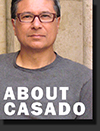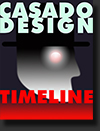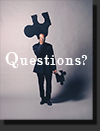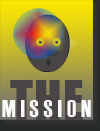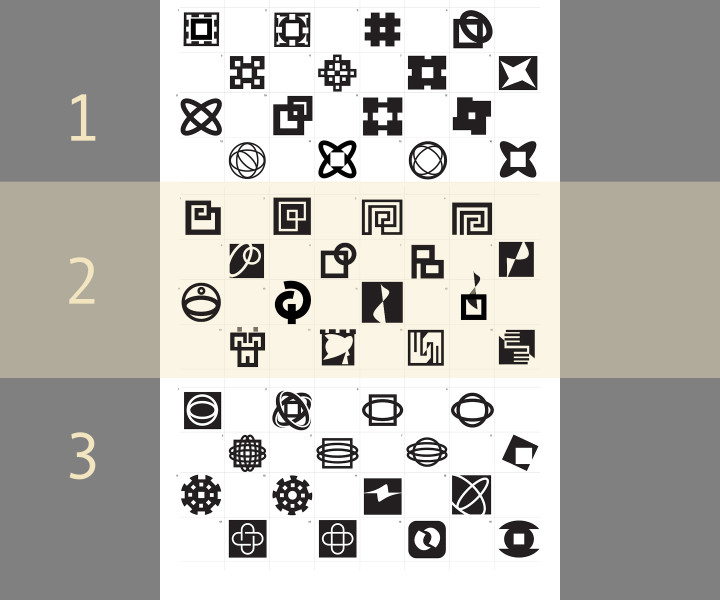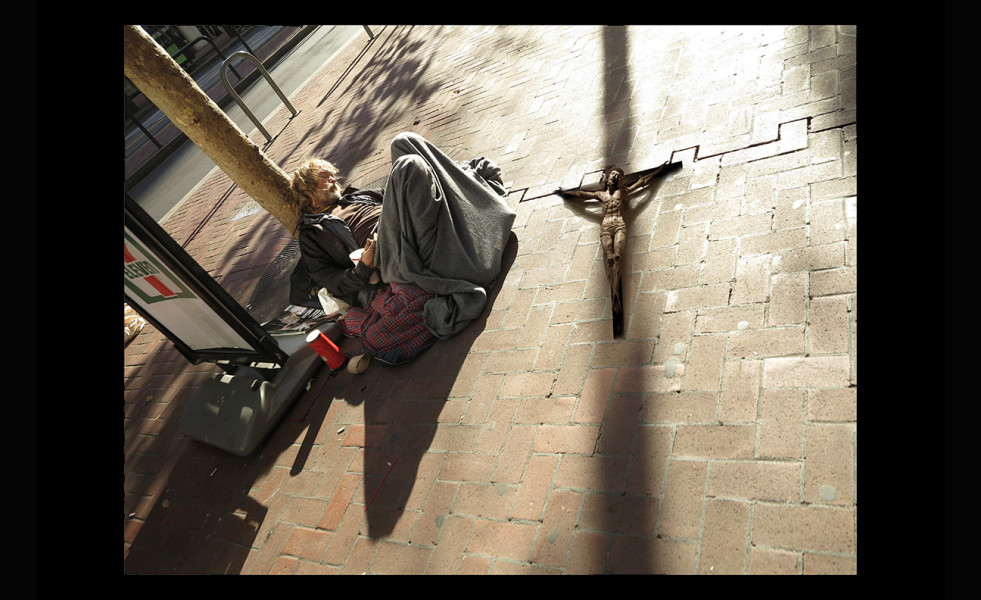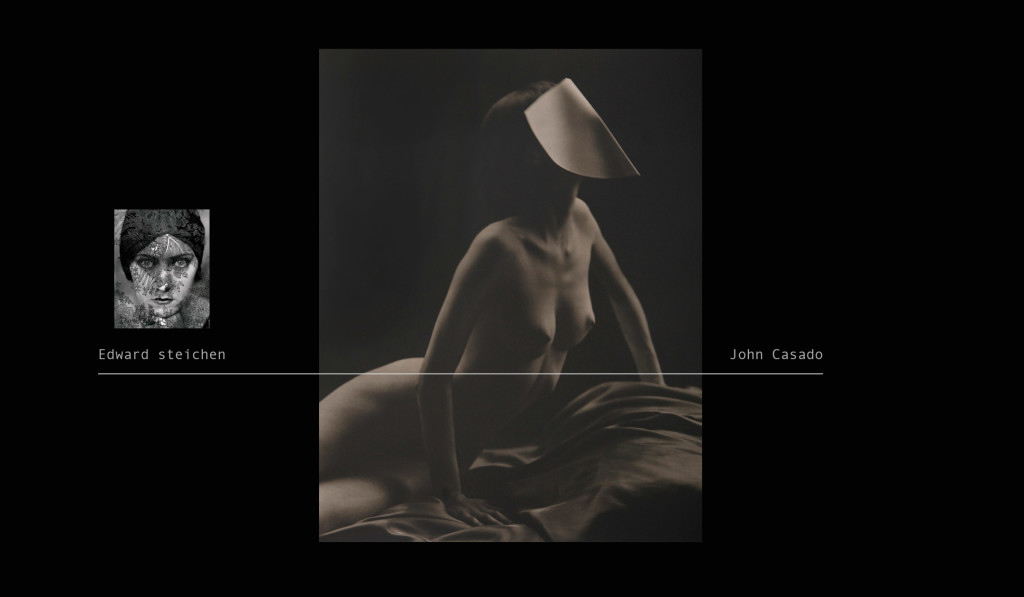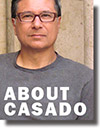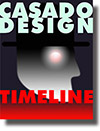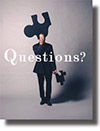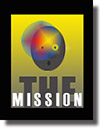Using methodology to stimulate your creativity.
I am still a working designer and a photographer as well as an artist and I have discovered that each of those professions requires a different path to my creativity. For each of my disciplines the path starts with excitement and a bit of trepidation. I always wonder if my creativity is going to be there when I need it. Is my creativity getting old and out of date? Am I current with the new generation? The only way to know is to use it and put it out there.
As a designer
My method is to define the problem and set the criteria for the solution. I also try and approach the assignment in as many different ways as possible that are relevant and relevance is the real important factor here. If the question isn’t relevant than you will be spending your time around ideas that don’t work.
An example of my process or methodology
I was hired to re-brand and to create a new trademark for a small bank that had to compete with all the major banks. The criteria for the new trademark were the usual ones, strength and client oriented. I had added timeless design of course, because the investment in a new brand was very expensive and time consuming. Timeless, for me, meant concepts that were simple in form and communicated the message clearly.
Looking at the assignments from different angles
The first way was to solve the problem showing only strength. The second way was to add a humanistic or a sense of protection. And the third way to describe the problem was to see it as a world that is defined by its strength.With each direction noted I let my mind start the creative process by reviewing all the basic and natural forms I have put away as reference early in my design career. My creativity starts putting those forms together as quickly as I could draw them on a piece of paper. I then would use the computer to render my sketches more precisely. As you can see, almost all of the designs have a center axis or a “heart” that needs to be protected. The discussion of symbolism is for another time, but it’s a tremendous source for reference when dealing with abstract and emotional feelings.
As a photographer
Photography is all about capturing what one sees in the world. You can see it for its reality as do photo journalists, wildlife shooters and, to some extent, “rock and tree” photographers. Or you can be very selective as to what you see to capture and reinterpret it. As a professional photographer I have to follow the instructions from a client as to what I shoot, but I determine how I capture it. The client defines the problem and I allow my process or method to take over. I usually start by determining how I going to capture the image and then determine the light source. If its in the studio then I have to use artificial light or a combination with daylight. If I shoot it outside then it’s all about daylight and the possibility of adding artificial light. In photography I let the situation determine how I access my creativity. For example, if I’m at the beach and face the ocean, my creativity begins by revealing thoughts of eternity and infinity. The example above shows how I came across this homeless person being bathed in light and my mind went straight to this religious image that I had seen years before in Italy. I couldn’t wait to get home to make it happen.
As an artist
This is where your creativity has a chance to really spread its wings. Art is all about historical reference. Our culture and history has been defined by our art. We don’t put criteria on art, so the interpretation is wide open. I believe people make the mistake of using the wrong methodology for art. They use a method that they use for other disciplines and it shuts the door on the creativity you most desire as an artist. There is no real description of an artist and their work except by historical reference. We have seen everything from Leonardo to Andy Warhol.
My art started with the desire to express emotion through figurative work. I was inspired by the basic thought that both men and women have both female and male emotions within them. I then reference primitive African art which was highlighted by the use of masks. I then came across Jungian archetypes which, over-simplified, comes down to describing behavior through images, art, myths, religion and or dreams. This took me to the turn of the 20th century and the beautifully mystical photography by Edward Steichen. I always try and reference the thread that connects all art from the beginning of time. It is this thread that I feel is the real inspiration for artists and their creativity.
Improve your creativity by studying art history.
